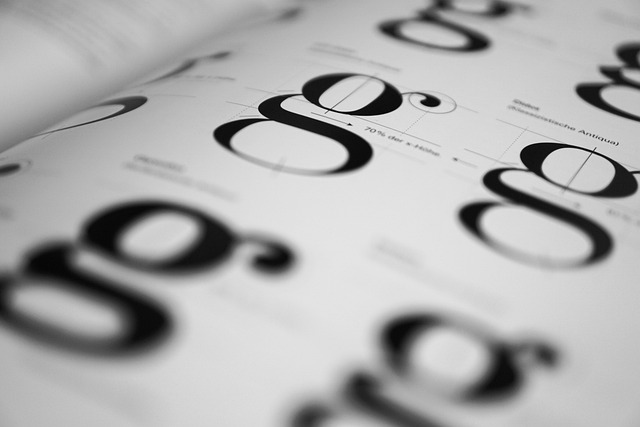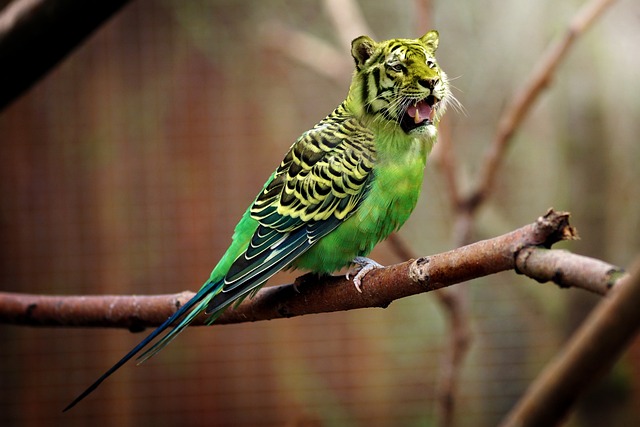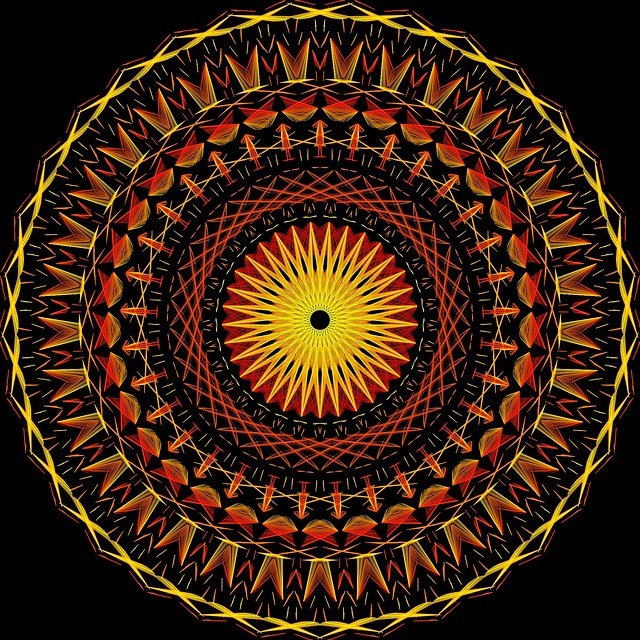When we dive into the world of character design, we are not just shaping visuals; we are crafting culture. Each character becomes a vessel of expression, embodying emotions, stories, and identities that resonate with audiences. Fine art plays a fundamental role in this intricate process, helping to bridge the gap between imagination and reality.
Character design is grounded in the principles of fine arts. Artists draw upon techniques derived from traditional painting, sculpture, and illustration to breathe life into their creations. Each stroke of the brush or pencil is infused with intention, guiding us through the personality and psyche of the character. These designs are not merely aesthetic choices; they represent a conversation between the artist and the culture in which they exist.
As we navigate various cultural landscapes, the significance of art manifests itself in character design. Cultures inform character traits, attire, and motivations, reflecting societal values and history. For instance, a character designed with influences from indigenous cultures might include traditional patterns and colors that tell a story of heritage and pride. Conversely, a character inspired by urban culture may showcase streetwear and contemporary elements that speak to modernity and diversity.
Furthermore, art itself is a powerful medium through which cultures can convey their nuances. In the process of character design, artists have the unique opportunity to present underrepresented cultures, allowing authentic voices to emerge. This requires a deep understanding of cultural sensitivity and respect, ensuring that characters resonate meaningfully with those they represent while also engaging broader audiences.
The beauty of character design lies not just in aesthetics but in its potential to foster empathy and connection. As viewers, we are encouraged to see the world through various lenses—understanding struggles, triumphs, and the rich tapestries of human experience. This emotional connection underscores the responsibility of character designers to portray their subjects with grace and authenticity.
In a world increasingly visual, the role of character design in shaping culture is more vital than ever. Artists must continue to draw from their fine arts background, embracing experimentation and innovation while remaining grounded in the stories they wish to tell. Each character we encounter has the power to influence our perceptions and beliefs, making it essential that these designs champion inclusivity and understanding.
As we continue to explore the intersection of fine arts and character design, let us celebrate the cultural narratives that unfold through these creative expressions. By appreciating the deep-rooted connections between art and culture, we enrich our understanding of ourselves and each other, forging a path toward a more compassionate and interconnected world.




